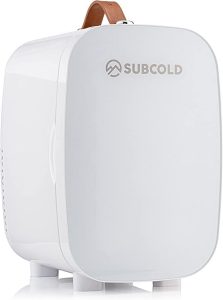Does your email marketing need a boost? A new report highlights some of the latest email trends and insights. One takeaway: Brevity rules.
Before you send out your next marketing email, you may want to make it as short and sweet as possible. That’s according to a new survey of more than 1,000 email users that found the longer an email’s subject line and body length, the lower the clickthrough rate.
For more clicks, you may also want include certain words—such as “free,” “tomorrow,” and “download”—in subject lines and avoid others, such as “meeting.”
The “Science of Email 2014” report, by HubSpot and Litmus, analyzed self-reported trends among users as well as observational data (measuring what users are actually doing when they open an email) to determine what makes for successful email marketing.
By measuring and comparing self-reported and observational data, the study illuminated discrepancies among commonly held email marketing beliefs. For example, the report found that while email users report that they prefer image-based to text-based emails, clickthrough rates actually dropped as the number of images in an email increased.
“This points out a difficulty in relying solely on self-reported data like surveys,” the report noted. “When taking surveys, users often answer in ways that reflect either what they think the data collector wants to hear or in ways that reflect what they want to think about themselves. An email with mostly images sounds more interesting than an email with mostly text when spoken about in hypothetical terms, but the reality of them is somewhat different.”
Other key findings:
- The best time to send an email? When everyone else isn’t. The authors termed this “contra-competitive” timing. To prevent your emails from getting lost in the barrage that floods people’s inboxes every weekday, try sending email over the weekend, for example. Yet, because email timing is still not an exact science, the authors suggested experimenting with what works best for your audience.
- More people are using filters. Fifty-four percent of email users reported using a filter to automatically sort their mail, and more than 50 percent use a separate spam filter to divert commercial emails. As email users become savvier about avoiding unwanted email, marketers, too, must become more sophisticated at delivering email that users want, the report noted.
What email marketing trends have you seen lately? Let us know in the comments.
Read more on Associations Now
(438)






